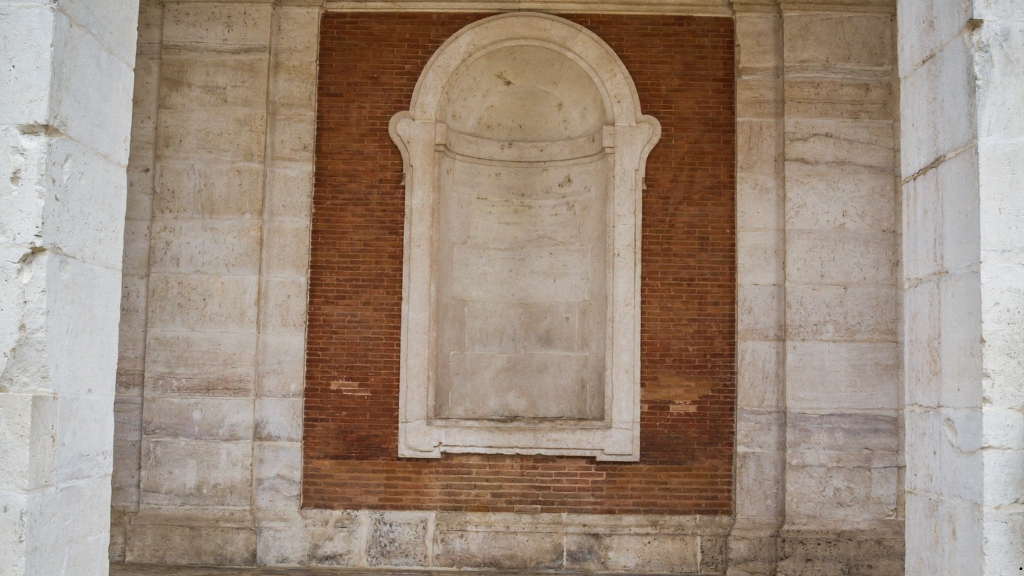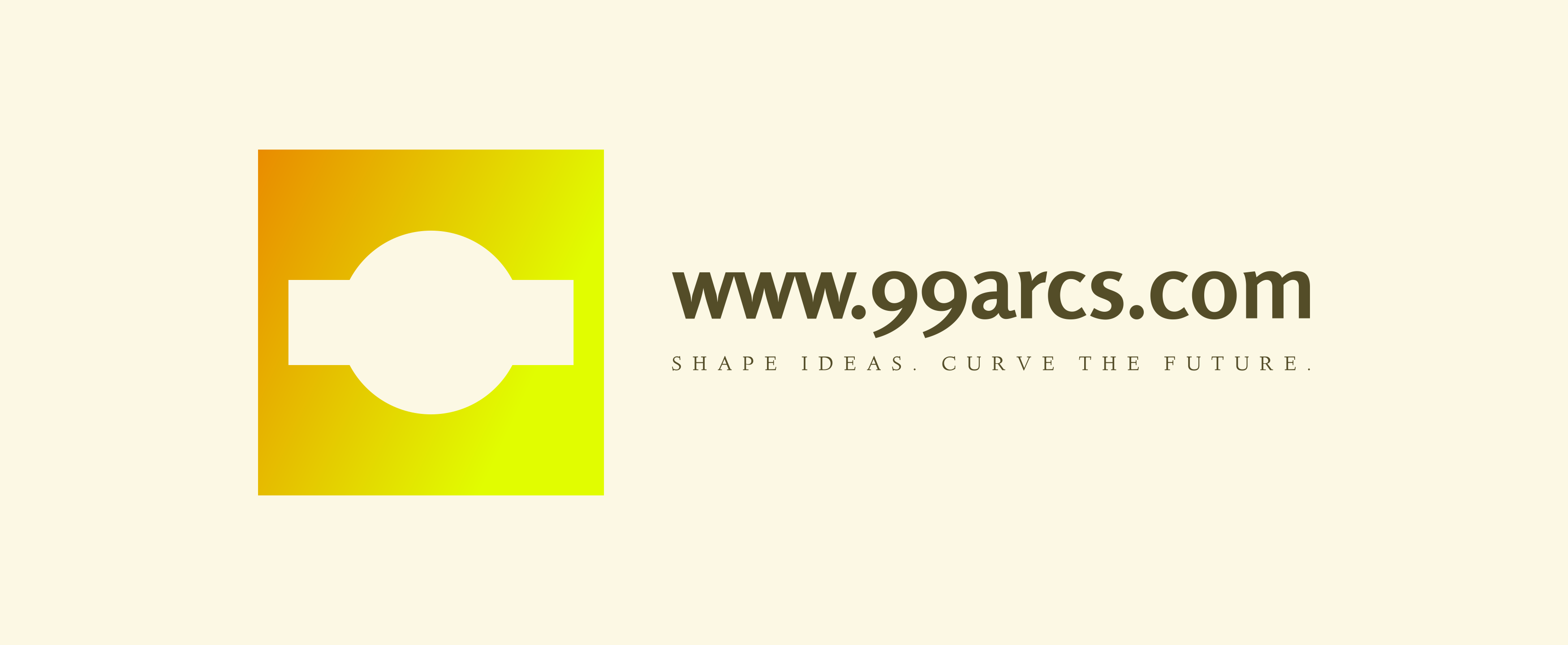Unlocking Creativity: The Geometry of Design and the Power of Arcs

Design isn’t just about colors and shapes; it’s a dance of geometry that sparks creativity. One of the most captivating elements in this dance is the arc. Arcs create a sense of flow and movement that can transform any digital space, urging us to explore and connect.
As I delve into the world of design, I’ve found that understanding the geometry behind arcs can elevate our creative processes. They guide the eye and influence emotions, making them a powerful tool for any designer. Join me as we uncover how these elegant curves can inspire innovative digital creations and reshape the way we think about design.
Overview of Design Geometry
Design geometry encompasses various shapes and forms that contribute to the visual language of digital creations. Arcs, circles, lines, and angles form the fundamental building blocks of design. Understanding these shapes helps me create balance, harmony, and movement in my work.
Importance of Arcs in Design
Arcs play a pivotal role in guiding the viewer’s eye and enhancing user experience. Their curvature introduces elegance, flow, and rhythm, making designs more engaging. Arcs can be used to create pathways or highlight focal points, subtly steering attention where it’s needed.
Key Elements of Design Geometry
Lines: Lines serve as the foundation of structure in design. They define shapes and create boundaries, guiding viewers through visual narratives.
Shapes: Shapes, including arcs, circles, and polygons, represent forms and concepts. They convey meaning and elicit emotions, impacting the overall aesthetic.
Space: Space, both positive and negative, helps create composition. It allows for breathing room in designs, enhancing clarity and focus.
Balance: Balance distributes visual weight across a design. Symmetrical or asymmetrical arrangements create stability or dynamic interest, influencing viewer perception.
Contrast: Contrast highlights differences in color, shape, and size. It draws attention to important elements and enhances visual appeal, making designs pop.
Applications of Geometry in Digital Design
In digital interfaces, geometric elements provide intuitive navigation and functionality. Buttons often feature rounded corners, while charts utilize arcs to visualize data. Harnessing the power of geometry seamlessly integrates aesthetics with practicality in design.
Understanding and applying design geometry allows me to create visually compelling digital experiences. By recognizing the significance of arcs and other shapes, I can elevate my creative process and produce designs that resonate with viewers.
The Importance of Arcs in Design
Arcs play a crucial role in design, not just as aesthetic features but as elements that influence perception and interaction. Their curvature brings a sense of fluidity that enhances the overall experience of digital creations.
Historical Significance
Throughout history, arcs have been integral to art and architecture. Ancient civilizations, such as the Romans and Greeks, utilized arcs in their structures to create stability and beauty. Notable examples include Roman aqueducts and Gothic cathedrals, where arcs provided both strength and elegance. These historical applications demonstrate how arcs have shaped human environments, reflecting aesthetic values and functional needs. In graphic arts, artists like Leonardo da Vinci used arcs in the composition to guide the viewer's gaze and elevate emotional impact.
Modern Applications
In modern design, arcs facilitate navigation and user engagement. Interfaces often utilize curved elements to create visual pathways, making interactions feel more intuitive. Websites and mobile apps frequently employ arcs to enhance usability; examples include rounded buttons and flowing layouts that draw users in. Additionally, branding design leverages arcs to evoke specific emotions, associating curves with friendliness and approachability. Designers incorporate arcs into logos and promotional materials to establish distinct identities, fostering connection and recognition.
The Relationship Between Arcs and Creativity
Arcs play a crucial role in shaping creativity in design. Their fluidity and elegance influence visual perception, fostering innovative solutions and engaging experiences.
Psychological Impact on Design
Arcs create psychological connections that enhance design effectiveness. Studies show that curves evoke feelings of warmth, safety, and approachability. For example, research by Oxford University indicates that brands using rounded logos appear more trustworthy compared to those with angular designs. Arcs also guide the viewer's gaze, creating a sense of movement that draws attention to essential elements. By tapping into these psychological effects, designers can craft visually appealing and emotionally resonant experiences that captivate users.
Case Studies of Arc-Inspired Projects
Numerous projects demonstrate the impact of arcs in design.
Apple's Logo: The simplicity of the rounded Apple logo creates instant recognition and connection, emphasizing innovation and user-friendliness.
Gmail Interface: The use of curves in the Gmail interface creates a seamless user experience, making navigation intuitive and enjoyable.
Nike's Branding: The swoosh embodies swift motion and dynamism, aligning with athletic performance and energizing the brand's image.
These examples illustrate how arc-inspired designs transcend mere aesthetics, fostering emotional connections and enhancing functionality across various digital mediums.
Techniques for Incorporating Arcs
Incorporating arcs into digital design involves utilizing specific tools and adopting best practices that enhance visual flow and emotional connection. Here are effective strategies to achieve this.
Digital Tools and Software
Vector Graphic Software: Software like Adobe Illustrator or CorelDRAW allows precise arc creation through bezier curves and shape tools. This precision aids in achieving desired fluidity in designs.
3D Modeling Tools: Applications such as Blender or SketchUp enable the creation of arcs in three-dimensional spaces. This approach adds depth and perspective, enhancing the overall aesthetic.
Web Design Platforms: Tools like Figma or Sketch streamline the incorporation of arcs in UI/UX design. These platforms support the creation of responsive and visually captivating interfaces.
Animation Software: Programs like After Effects provide options to animate arcs, creating dynamic transitions that guide user interaction. This technique enriches the user experience with engaging motion.
Best Practices for Design
Maintain Consistency: Use arcs consistently across various elements to establish a cohesive look. Cohesion reinforces brand identity and strengthens recognition.
Balance with Other Shapes: Combine arcs with straight lines and geometric shapes to create contrast. This balance promotes visual interest and guides the viewer’s eye through the design.
Focus on Functionality: Implement arcs to enhance usability. For instance, rounded buttons often lead to higher click rates, making interfaces feel more intuitive and user-friendly.
Consider Color and Contrast: Use color effectively in conjunction with arcs. Contrasting colors can outline arcs, making them stand out and draw attention where needed.
Test and Iterate: Always gather feedback on arc integration. User testing can reveal how effectively arcs enhance navigation and interaction within the design.
By employing these techniques, I can harness the power of arcs to create engaging and dynamic digital experiences that resonate with users.
Conclusion
Embracing the geometry of arcs has transformed my approach to digital design. These elegant curves not only enhance aesthetics but also elevate user experiences by guiding attention and evoking emotions. I've found that incorporating arcs fosters creativity and innovation in my projects, leading to designs that resonate on a deeper level.
As I continue to explore the interplay between geometry and design, I'm excited to see how arcs will shape the future of digital creativity. By leveraging their unique qualities, I can create engaging experiences that connect with users and leave a lasting impression. The journey into the world of arcs is just beginning, and I invite you to join me in discovering their potential.
